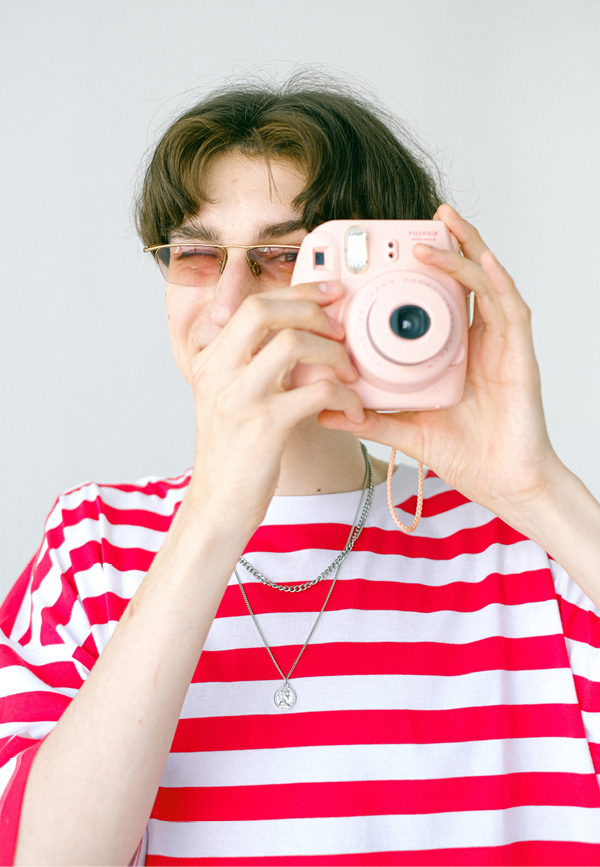Most people are familiar with the stereotype of the teen or adolescent who physically lashes out against his family or friends out of frustration or anger. These episodes are frequently linked to a younger person’s inability to coordinate his emotions and his intelligence in a manner that allows him to express his frustration or anger verbally. These teens and adolescents will use drugs or alcohol to soothe bottled-up emotions that they are otherwise unable to express. When they find themselves in addiction rehab programs, creative therapies may be the best strategic option for a successful recovery.
Creative therapies
Creative therapies include dance, drama, music, poetry, and visual art in a variety of different media. Traditional talk therapy and psychological counseling may work well for adult addicts and alcoholics who have learned to express their feelings. Teens and adolescents, however, may not yet have the verbal skills or emotional intelligence to get the best benefit from talk therapy. For them, creative therapy opens alternative possibilities to uncover memories and problems they might have repressed but which remain unresolved.
Influencing Issues
Creative therapy works well for teens and adolescents on two levels. First, it helps a young recovering addict to better understand issues and problems that are leading him to drugs and alcohol. Adults can often have difficulties in understanding their own issues and problems. Those difficulties can be significantly greater with teens who are striving to find their places in the world around them. A teen or adolescent who is given a blank slate to create something will often find that music, pictures, or physical movement are superior to words when inner feelings are at stake.
Diagnosing Art
Second, therapists and addiction recovery counselors use the creative expressions of their patients to diagnose underlying issues that a teen would refrain from discussing verbally. A large majority of addicted or alcoholic teens and adolescents are experiencing depression, anxiety, and other psychological problems simultaneously with their addiction problems. If therapists treat only the addictions, they miss a greater opportunity to attack the catalyst for the addictions. Creative therapy gives them another tool for better, more thorough diagnoses.
Recovery Plan
Like other strategies and tools for addiction recovery, creative therapy does not stand alone. Rather, it is one of several tools in a therapist’s arsenal to attack addiction problems. Creative therapy is typically combined with cognitive behavioral therapy, contingency management, and motivational and family therapy to give a young person the best chance to achieve long-term sobriety. Therapists understand that addiction is an insidious problem that rarely responds to a single avenue of attack. Therapists need to understand the problem and its sources before they develop the best plan that will assure successful recovery for any one individual. Creative therapy will help in both the diagnosis and the cure when it is integrated with other therapeutic strategies.
Individualized Creativity
Teens and adolescents will have an inherent understanding of the creative outlet that will work best for them. A teen who is strong in musical expression might have limited ability to express himself through visual arts. Thus, therapists who want to integrate creative therapy into their programs will need to determine the best creative avenue for each individual patient.
Sustain Recovery Services in southern California has extensive experience in using creative therapy to help adolescents and young adults express their inner feelings and overcome their problems with drug addiction and alcoholism. Please see our website or call us at 949-407-9052 for more information about our services or to arrange a confidential consultation with one of our counselors.



